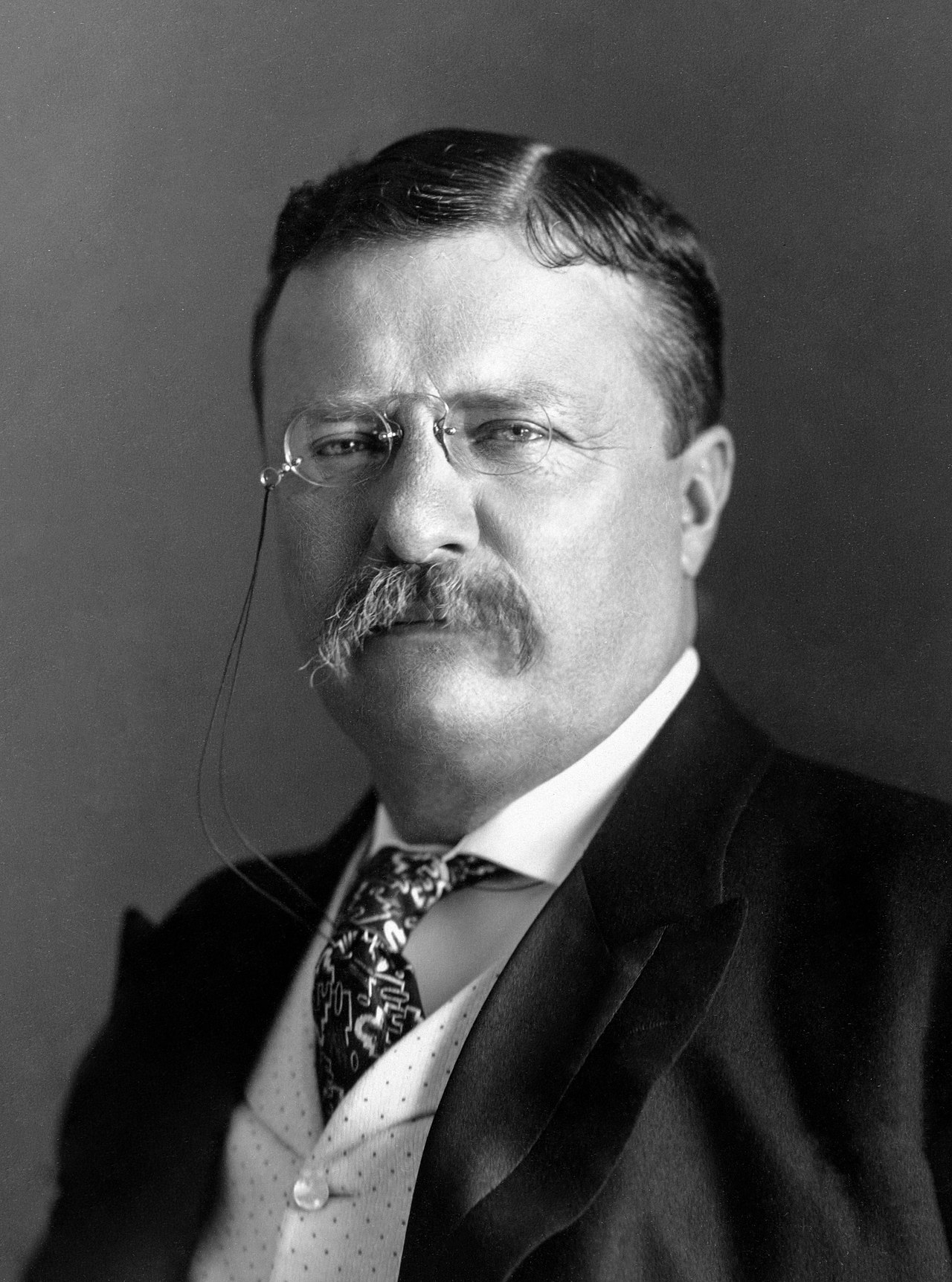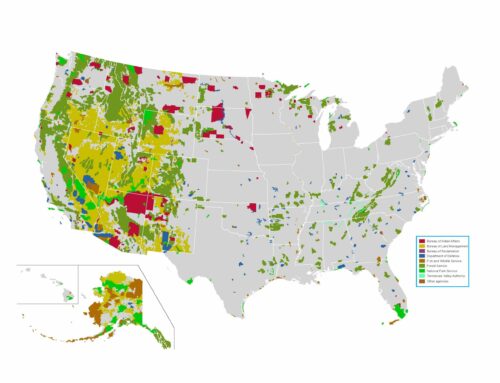by Greg Walcher, E&E Legal Senior Policy Fellow
As appearing in the Daily Sentinel
When did environmental issues become so divisive, bitter, angry, and litigious? Historically speaking, that is a recent development. We generally think of America’s environmental awareness as beginning with Theodore Roosevelt and his allies: George Bird Grinnell, Gifford Pinchot, John Wesley Powell, John Muir and a few others, who gave the name “conservation” to the movement for the preservation and wise use of natural resources. They sounded the alarm about reckless exploitation of these resources, and predicted that unless scientific management of resources was enforced, America could not provide the resources needed for its future.
Roosevelt and Pinchot added millions of acres of national forests, controlled their use, and regulated their harvest. In 1907 Congress repealed the President’s authority to designate national forests in Oregon, Washington, Idaho, Montana, Colorado and Wyoming without congressional action. So, Pinchot quickly identified 16 million acres of forestlands in these states, which Roosevelt officially designated just before signing the new bill into law.
That Administration established wildlife refuges, reclamation projects, and national monuments, the latter authorized by the Antiquities Act of 1906. Within days of its passage, Roosevelt created Devil’s Tower National Monument in Wyoming, and within a few weeks, Petrified Forest, Cinder Cone, Lassen Peak, and Mount Olympus National Monuments. The first 11 monuments were fairly small, averaging about 3,000 acres. But in 1908, he designated a massive area in Arizona — 818,560 acres — as Grand Canyon National Monument, now a national park.
Roosevelt hosted the first two National Conservation Congresses at the White House and stressed conservation themes in all of his annual state-of-the-union messages. The “Progressive Era” continued through the next two administrations, in both parties (Woodrow Wilson created Rocky Mountain National Park in 1915), and well into the “Roaring ’20s.” Presidents Harding, Coolidge and Hoover together added 34 new monuments and several new national parks, including Bryce Canyon, Grand Teton, Shenandoah, and Great Smokey Mountains.






